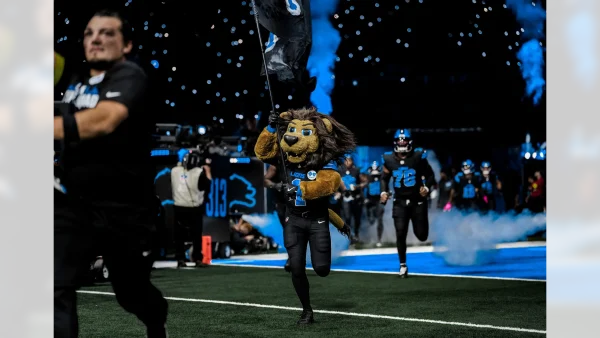NCAA in limbo over potential athlete unionization
March 26, 2014 may be looked back upon as a metaphorical abolition of the amateur status within the collegiate ranks of athletics, thanks to the National Labor Relations Board (NLRB) of Chicago, Ill.
Regional Director Peter Ohr ruled in favor of the College Athletes Players Association (CAPA) in CAPA v. Northwestern University, saying, “I have found that all grant-in-aid scholarship players for the Employer’s (Northwestern) football team who have not exhausted their playing eligibility are employees.”
This ruling opens the door for athletes to unionize and collectively bargain over any compensation, hours and any other conditions of their employment at the institution. This massive precedent will certainly cause ripples, with Northwestern already filing their appeal.
The movement, led primarily by former Wildcat quarterback Kain Colter, has reached a tipping point with the ruling.
As a result, on April 25 eligible players voted for whether or not to join the union, but this vote will be sealed until the Northwestern appeal process is final.
The NCAA dates back to 1906 but has remained a stable institution in terms of looking out for the welfare of the “student athletes,” student being the key word in a cleverly coined phrase.
The term “student athlete” ensured that NCAA players were seen as students of the university first, and athletes as merely a hobby. This was the muddy area, until the NLRB ruled the players were employees.
Claiming their pursuit of athletics as simply a hobby as they attend school has drawn criticism of late. As part of the hearing, the football team’s daily itinerary was given for the entire year. Players dedicate up to and exceed 50 hours a week to their sport.
“Players on scholarship are initially sought out, recruited and ultimately granted scholarships because of their athletic prowess on the football field,” Ohr said. “Thus, it is clear that the scholarships the players receive is compensation for the athletic services they perform for the Employer.”
The case comes down to the players claim involving the rights of the players and their own likenesses. Colter told CBS News that “it’s a huge step on our journey to gaining basic protections and basic rights.
“We finally have somebody in place to negotiate on our behalf.”
The general consensus is that student athletes that receive scholarships aren’t fully compensated. What remains is the deficit for general expenditures that any and all college students face outside of tuition and board.
Some athletes hold jobs while playing, but that too can be problematic. Greg Kampe, head coach of Oakland University men’s basketball, acknowledged this.
“Any of my players are allowed to get a job,” Kampe told The Post. “Now, in some places, a player or two have ruined that by receiving money for work they didn’t perform.”
Kampe said that the movement is being essentially being pushed by outsiders that don’t fully understand the gravity of the situation. As an NCAA coach, he said he considers it a misguided attempt at reform.
The case precedent has been set, the door is open for the teams and the vote is in, albeit sealed. For the time being, it doesn’t seem that “pay for play” is on the agenda. Instead, the potential union will be fighting for the benefits of better health coverage and larger scholarship funds to cover incidentals.
According to Scott MacDonald, OU Assistant Athletic Director for Communications, the school hasn’t had any talks on the subject, nor does he predict much of a fallout from it.
“If this happens, I believe it only pertains to football schools,” he said.



